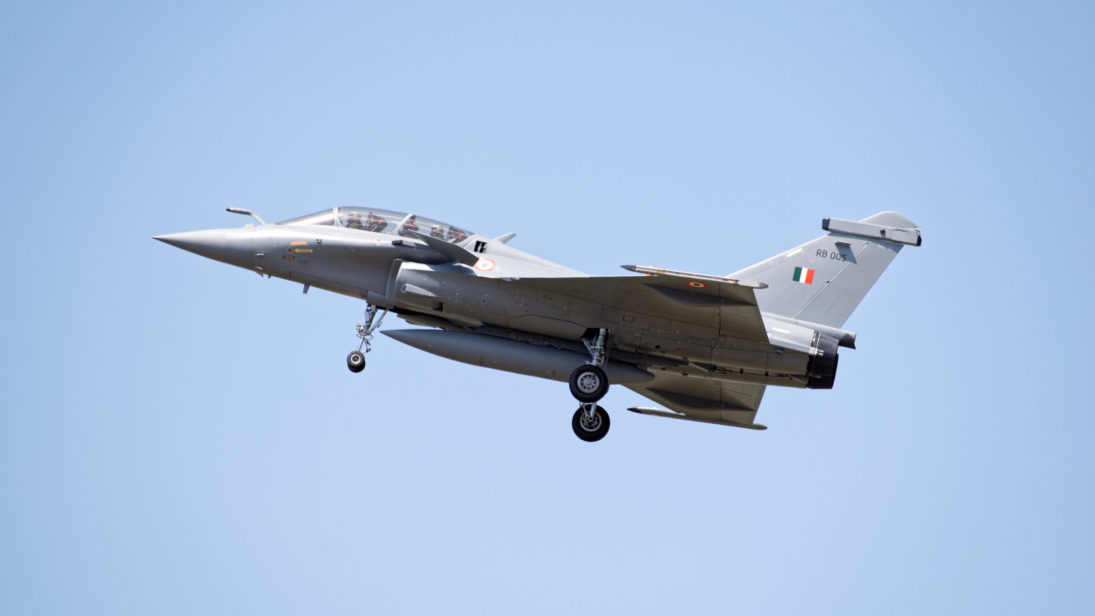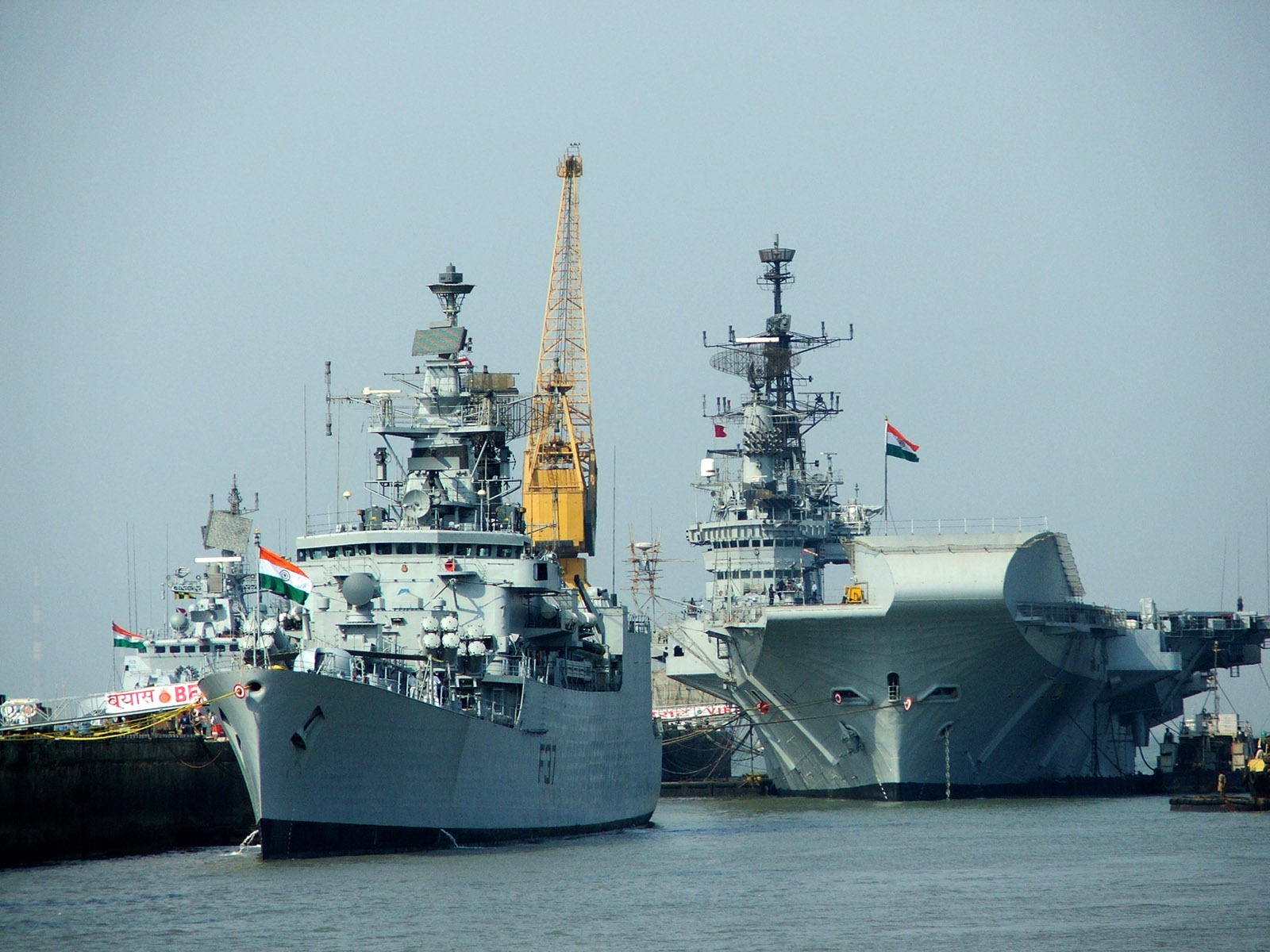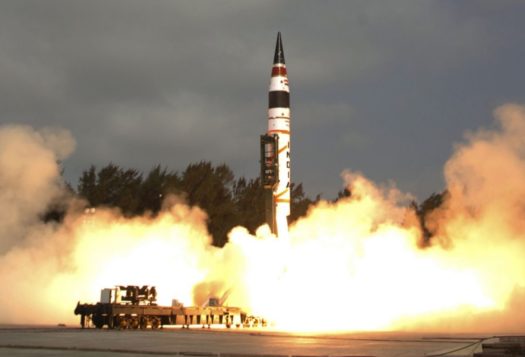
India’s 2021 Defense Budget is reflective of the Indian government’s current strategic priorities and experiences of the past year. Despite the economic constraints from the ongoing COVID-19 pandemic, one of the Indian government’s top priorities in 2021 is expected to be greater border security and increased allocations to the Indian Army in light of the nation’s ongoing crisis with China. Another area in which experts and analysts wish to see results is increased capital allocation to India’s indigenous defense modernization plan. The budget addresses these expectations effectively by providing a considerable boost to its indigenous weapons industry and by making the Indian Air Force (IAF) and the Army the top beneficiaries, respectively, in individual capital outlays. However, some challenges continue to brew, the most consistent of which is the Indian government’s choice to sideline its naval forces. The implications of this decision could find India in a vulnerable position in the Indian Ocean Region (IOR), particularly in light of China’s increased efforts to enhance its strategic posturing in the region by engaging in key strategic arrangements with Indian Ocean littoral states.
Strategic priorities for the nation in the beginning of 2020 were clear: to ensure border security and to build a stronger army through increased investment in modernization.
India’s 2021 Defense Budget: Expectations
Strategic priorities for the nation in the beginning of 2020 were clear: to ensure border security and to build a stronger army through increased investment in modernization. Analysts recorded an overall modernization budget of USD $12.48 billion in 2020, with the IAF provided the highest budget of USD $5.36 billion. India also signed significant strategic defense and security cooperation agreements with major and emerging powers. Moreover, the Indian military heavily overspent and made emergency purchases due to the ongoing confrontation with China. Specifically, the IAF overspent by USD $1.61 billion, the Navy by $1.49 billion, and the Army by $112.62 million.
In light of the developments in 2020, the expectations of the strategic community from the 2021 Defense Budget were straightforward. Strategists first expected a proactive and planned response to the increasing Chinese threat at the northern frontiers of India. Second, and relatedly, they expected an increase in defense allocations given the added strain of deployments in Ladakh and along India’s eastern borders. Third, many felt a need to turn rhetoric into action in order to provide better gravity and credibility to India’s initiatives and policy plans, particularly regarding the indigenization of weapons modernization.
India’s 2021 Defense Budget: Realities
In its 2021 Defense Budget, India provided a 0.4 percent hike in capital expenditure with the total outlay for defense ministry (without pension allocation) increasing from USD $46.27 billion in 2020 to $49.71 billion in 2021. Breaking this down, the capital outlay is USD $5.01 billion for the Indian Army, $7.31 billion for the IAF, and $4.57 billion for the Indian Navy.
The new allocations closely align with the developments on India’s northern frontier with China. The IAF has been given about 39.4 percent of total capital outlay to increase its capacity in surveying, defending, and monitoring key strategic areas on India’s borders with China and Pakistan. The IAF also plans to acquire “new generation medium-range modular air-to-ground weapon system… to integrate with the Rafale jets,” which it procured last year. Meanwhile, the Indian Army has been given 27.01 percent of the total capital outlay to pay for its rising need for manpower, equipment, weapons, clothes, and other essentials that India may need to import.
In addition, to confront the threat from China and deter future attacks, India has increased its capital acquisition for modernization and infrastructure development of armed forces by 18.75 percent in its new defense budget. To ease such acquisition, customs duties on components, including engines or parts of aircrafts ordered by the Ministry of Defense (MoD), have decreased from 2.5 to zero percent. This ensures streamlined acquisitions from countries like the United States, Russia, and Israel.
The government has also increased its focus on indigenous capacity development. India plans to place orders of around USD $56 billion with domestic industries in the next five to seven years. Among these orders is a contract of USD $6.59 billion for 83 Light Combat Aircrafts “Tejas” signed between the Indian government and public sector giant Hindustan Aeronautics Limited (HAL), in addition to an order for two regiments of indigenous Arjun 1A tanks (118 tanks) developed by Defense Research and Development Organization (DRDO).
Analysts concur that FY 2020-21 allocated USD $7.14 billion to the domestic sector, whereas this year the allocation stands higher, with a set target by the MoD to achieve a turnover of USD $24.03 billion, including the export of USD $4.81 billion “in aerospace and defense goods and services” in order to “achieve the twin goals of self-reliance and exports.” This showcases the government’s keen interest in bolstering India’s indigenous defense capability development and boosting domestic industries that were increasingly classified as “inefficient.” India plans to develop its indigenous capacity to produce light combat aircraft, light machine guns, and shipborne cruise missiles, among other technologies. However, while it develops its indigenous capabilities, India will continue to depend on external acquisition with friendly nations.

Challenges for the Defense Budget
Despite the developments noted above in India’s 2021 budget, there are some challenges that need to be addressed by the government. First, the capital budget allocations for this year show that the outstanding burden of the IAF’s payments has not only continued to push the Navy to the side-line, but also the Indian Army. The Indian Army has a comparatively smaller share in the capital budget (USD $5.01 billion) than does the IAF (USD $7.31 billion) even though the former faced the brunt of Chinese aggression in Ladakh last year. The smallest allocation—USD $4.57 billion for the Navy—is a more pressing issue because of the government’s slow progress on increasing its naval preparedness. The Chinese strategic alliances and access to ports in Bangladesh, Myanmar, Pakistan, Sri Lanka, and Djibouti have given China enough capacity to enhance its naval presence in the IOR and use the region to its advantage in case of future military confrontation. If India plans to make good on its vision of being a “net security provider” of the IOR, it needs to allocate more funds to the Indian Navy. This can help the Navy work on further restructuring its capabilities in surveillance and domain awareness within the IOR so as to monitor Chinese ambitions in the region.
Second, India’s plans for strategic modernization still largely depend on imports from nations such as Russia, Israel, and the United States. Moreover, China’s infrastructure development and aggression at the Line of Actual Control may push India towards buying expensive defense systems, tanks, aircrafts, and weapons from the foreign market if an emergency arises in either the ongoing China conflict or from any other threat. Therefore, it is necessary for India to work towards creating a massive and sustained investment by manufacturers such as HAL and DRDO in addition to large budget outlays in order to buy indigenously manufactured material. The 15th Finance Commission suggested the creation of a non-lapsable “Modernization Fund for Defense and Internal Security” that can be used to make capital investments for the modernization of the defense forces. Analysts suggest that a large part of research and development funds in 2020 were left underutilized—these funds could be used in 2021 to boost initiative in research and development. Most importantly, the government needs to realize that there is currently a mismatch between the financial requirements projected by the armed forces and the amount that is allotted in the budget’s capital outlay.
The government will need to keep in mind that the best way to ensure a responsive indigenous weapons industry is to allocate funds such that they are reflective of the demands of the armed forces.
Conclusion
India’s 2021 Defense Budget is a reflection of the challenges faced by India in the year 2020. India’s ongoing confrontation with China and its fear of a two-pronged attack from Pakistan and China has pushed the nation to allocate the highest capital outlays to the IAF and the Indian Army, respectively. Another major area of government investment has been its increased allocations to indigenous weapons manufacturing, as seen through MoD’s latest orders of the Light Combat Aircrafts “Tejas” and Arjun 1A tanks.
However, there are a couple remaining challenges that India needs to address. While India continues to voice its intent to be a “security provider” for the IOR, it fails to follow through on its intentions with its poor allocations to the Indian Navy. Moreover, if India wishes to boost its indigenous industries, it needs to create a system wherein indigenous manufactures can be provided with regular funding to undertake and successfully deliver orders. The government will need to keep in mind that the best way to ensure a responsive indigenous weapons industry is to allocate funds such that they are reflective of the demands of the armed forces. While India’s 2021 Defense Budget reflects a pragmatic approach by the government to lay out and act on its strategic priorities, there are still a number of challenges that it needs to consider and overcome.
***
Image 1: Dylan Agbagni via Flickr
Image 2: Michael Scalet via Flickr


